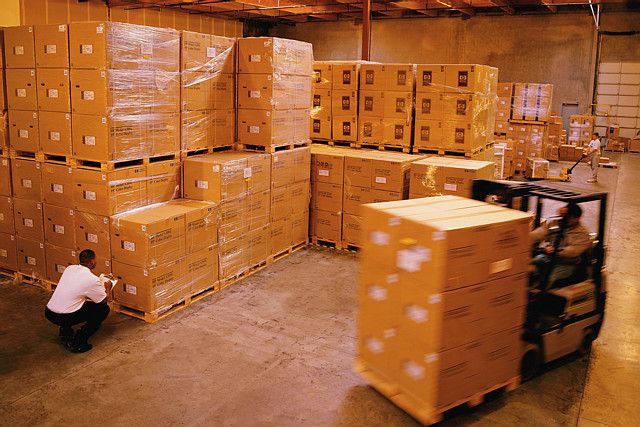 Amazon.com and RFID tags seem like a natural combination. Amazon has 100 distribution centers worldwide, serves 137 million customers per week, and their warehouses have more square footage than 700 Madison Square Gardens. And, you know those warehouses are full of goods.
Amazon.com and RFID tags seem like a natural combination. Amazon has 100 distribution centers worldwide, serves 137 million customers per week, and their warehouses have more square footage than 700 Madison Square Gardens. And, you know those warehouses are full of goods.
While many of their products are digital, many more need to be packaged and delivered to all those customers. To put it simply, the amount of stuff Amazon is packing and sending out to customers is mind boggling. A big challenge for Amazon, like many other companies, is their huge overhead that comes with such a daunting amount of distribution. To harness their very big amount of big distribution data would almost certainly help them save billions in otherwise lost profits.
With Macy’s and Target already looking to RFID to improve their inventory and product tracking, it’s not too surprising that Amazon is looking to follow suit. Especially since Amazon has a strong track record of embracing new technology to keep an edge on competition. In 2014, Amazon added 9,000 robots to work in their warehouses worldwide to help in receiving. And, we are all aware of Amazon’s exciting drone delivery plan.
Now taking a close look at RFID technology, Amazon has enlisted the assistance of the RFID Lab at Auburn University. Amazon is looking to Auburn University to help find a new process to improve Amazon’s enormous supply chain. This will include finding out how to best tag, stock, ship, and receive Amazon’s inventory in those huge distribution centers.
If Amazon likes what it sees from RFID, the scale at which they will implement the technology will be very interesting. Amazon has a reputation for being aggressive in taking advantage of strategies that can positively affect their bottom line. Even if they added RFID to a fifth of their inventory, it would be a major turning point for the auto-ID industry.


